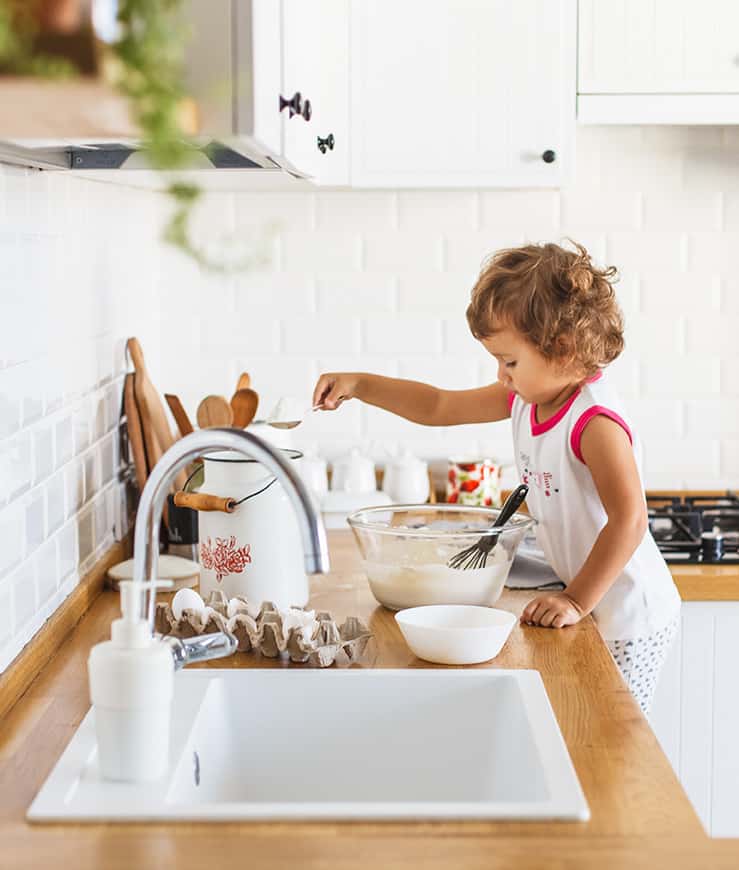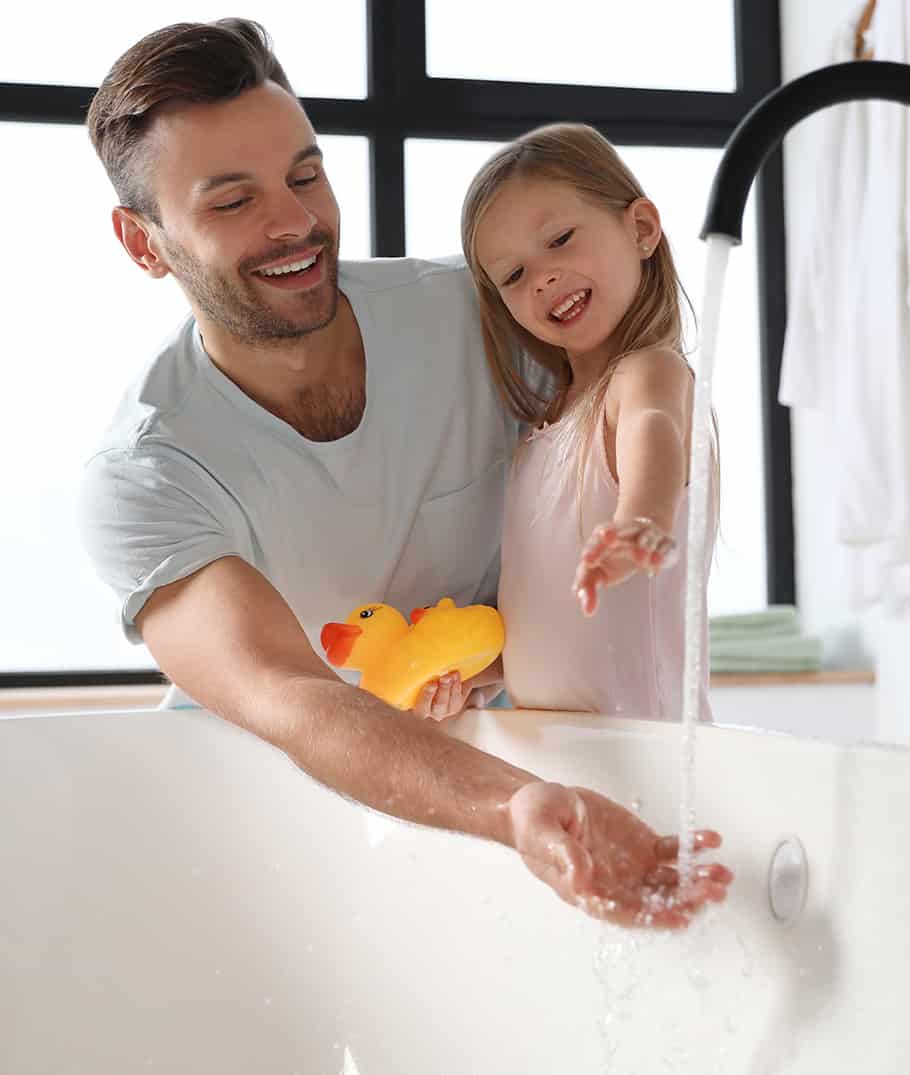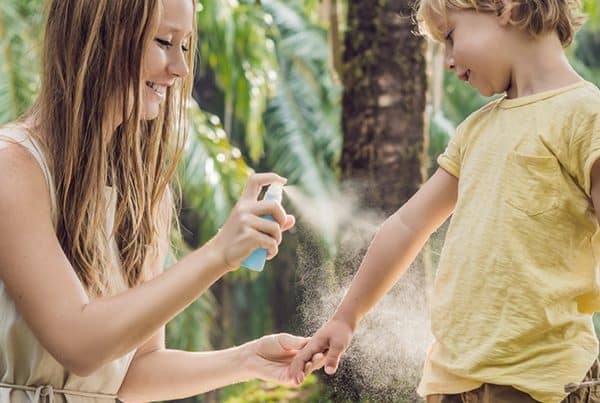In Queensland, almost two children up to the age of four are hospitalised per week for more than a day after sustaining a serious burn injury.
A severe burn injury can be life-threatening, and even small burns can be dangerous for young children. All burns are painful and can have a lasting impact on their life. Babies and young children have fragile skin, and their skin burns deeper and more quickly than adults and at lower temperatures. Most burns are preventable, and by being aware and making small changes, you can help to keep your family safe.
Hot Food and Drinks
Hot food and drinks remain the number one cause of serious burns and scalds. So, it is best never to have small children in the kitchen when you are cooking.
Keep hot drinks away from the edge of the table or bench and, where possible, use a cup with a lid. You never know when the baby will be able to reach or when a crawling infant will start to toddle. Make it a habit from the moment they are born to keep hot drinks out of their reach. Your toddler may be safer in the playpen or in the highchair for a short time when you are busy in the kitchen, or you could use a child safety gate to restrict access to the kitchen.
The Bathroom
The bathroom is another place to keep children safe from scalds and burns. Never have running water unattended, and always test the water temperature before you let them get in. A good tip is to run cold water at the beginning and at the end, so it cools the spout. Always turn taps off tightly, so little hands cannot turn them on themselves.
One ‘hot tip’ is to think about your ‘hot water.’
Some domestic homes are set at 70°. The ideal temperature should be set at 50°. Hot water burns like fire and even a small adjustment to the temperature can be the difference between a minor or severe burn.
At 60°, it takes one second for hot water to cause a life-threatening scald to an infant. At 55°, it takes ten seconds, and at 50°, it takes five minutes. Consult your licensed plumber about tempering valves and hot water shutdown devices.

Open Fires and Heaters
Guards around fires and heaters should always be used. Children can sustain burn injuries if they come into contact with the hot surface of a heating appliance, hot coals, or flames. Camping is also a pastime where children are often burnt by fire. Create a boundary and make sure the fire is extinguished safely when finished, so small feet do not get burnt on hot coals. Supervision is the key to preventing children from burns.
Smoke Alarms
Smoke alarms save lives, so make sure you have them installed and replace the batteries on the same date every year.
Burns Statistics
- Children aged 12–24 months account for 33% of paediatric burn injury cases.
- The most common cause of burn injury to children is scalding (57%), followed by contact (23%), and flame (10%) injuries.
- Hot beverages are the most common cause of scald injury to children, followed by water from a
saucepan, kettle, jug, billy, urn or thermos, and scald injury from food. - 79% of burn injuries to children occur in the home environment.
- The kitchen is the most common location in the house for a child to be burned (50% of cases).
- The next most common location is the living room, playroom, or family room (18%) and the garden or
yard (12%).
Tips
- Test water before putting baby in the bath
- Fill the bath with cold water first, then hot water
- Full supervision in the kitchen
- Keep hot fluids and food out of reach
- Store kettle and cord away from reach
- Turn pot handles in so children cannot reach them
- Always supervise during camping
- Guards around fire or heater
If the unthinkable happens and your child receives burns or scalds, administering first aid immediately will reduce the severity. If clothes are wet, take them off so heat can escape.
First Aid For Burns
- Cool the burn for 20 minutes: under cool running water. This treatment is useful up to 3 hours later.
- Cool the burn, not the child: if the burn is large, stop cooling after 20 minutes (no earlier unless recommended.
- Cover the burn: with a sterile non-stick dressing. If not available, use cling wrap/cotton sheet.
- Call 000: if the burn is to the child’s face, airway, hands, joints, or genitals or if the burn is larger than the child’s hands.
DO NOT apply ice, iced water, butter, creams, oil, or powders!

Remember, prevention is the best cure, and always look out for hazards and keep your children safe.
Child Accident Prevention Foundation Of Australia have an excellent Burns Safety Checklist and Burns Information Guide available on the below links, both are printable pdf versions.




